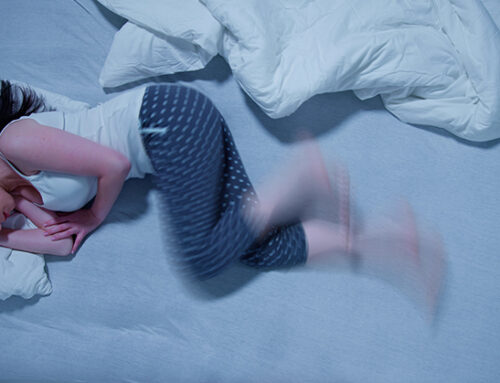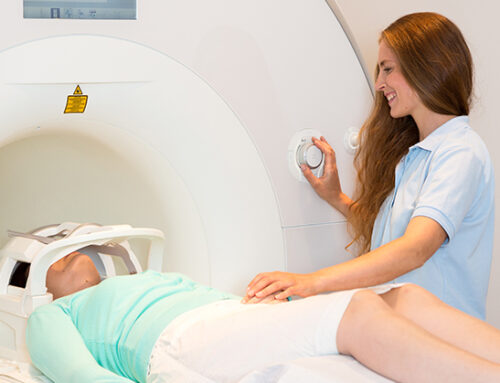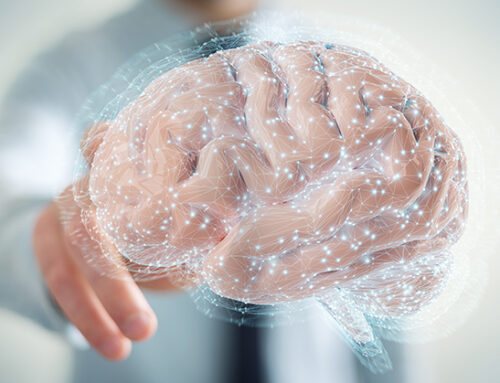This must surely be the holy grail of non-invasive therapies for memory loss.
You don’t feel a thing. This therapy doesn’t generate any tingling or even heat—which is surprising because it’s a laser. And this laser just sits on your head for a few minutes and the job is done. The treatment can even be carried out in the comfort of your own home.
Here’s the exciting story…
I’m talking about transcranial photobiomodulation (tPBM) or low-level laser therapy. Sometimes called light therapy, tPBM is best known for treating and repairing aching, painful and inflamed muscles and joints. But, as the latest science suggests, it can also help heal an aging brain.
There are both animal and human studies that support its healing power. Let’s start in the laboratory…
Increases Blood Flow, Reduces Inflammation
Brain health benefits of this treatment, as demonstrated in rodents, are profound.
High energy light particles, or photons, are absorbed into the brain and modulate cellular activity to boost mitochondrial energy production, open the blood vessels, increase blood flow and cerebral oxygenation, improve lymphatic drainage, reduce swelling and inflammation, and boost antioxidant production.
After encouraging results in animal models, neuroscientists conducted the first human study at the University of Texas in 2013. For the study twenty healthy young adults wore a helmet lined with light-emitting diodes that apply red and near-infrared light to the scalp.
Compared to the twenty receiving sham or inactive treatment to rule out the placebo effect, laser stimulation improved accuracy, speed, and reaction time in working memory tasks. The volunteers also felt more upbeat, and these benefits continued for two weeks after the treatment.
Helps Young and Old Alike
The research group followed this study up to see if tPBM would help older adults who complained of some memory problems. Each treatment lasted eight minutes and they repeated the treatment weekly for five weeks. The neuroscientists found the light treatment was successful, with every cognitive measure they tested improving. The researchers described the findings as “very promising.”
The most recent study, published in the journal Science Advances in December, involved a collaboration between the University of Birmingham, England, and Beijing Normal University in China.
Improved Working Memory By Ten Percent Within Minutes
The researchers enrolled 90 men and women aged between 18 and 25. They treated different areas of the brain with laser light therapy at different wavelengths, including wavelengths of 1064 nm (which has proven to be the most effective in earlier tests), or sham therapy. For some patients they targeted the right prefrontal cortex, which has the strongest relationship with working memory (short-term memory). They treated other participants using a shorter wavelength or delivered treatment to the left prefrontal cortex.
Results showed that after just 12 minutes, those treated at the right prefrontal cortex at 1064 nm performed ten percent better than the rest on a working memory task where they had to remember shapes and colors displayed on a computer screen.
An electroencephalogram (EEG) monitoring test performed during the experiment confirmed changes in brain activity that also predicted the improvements in memory performance.
Because of the way the study was conducted, the scientists were able to claim it as the very first to confirm a link between tPBM and working memory in humans.
In addition to helping aging folks fend off cognitive decline or dementia, tPBM can also help people facing other cognitive challenges.
Might Help ADHD
One of the study authors, Dongwei Li, explained, saying, “People with conditions like ADHD or other attention-related conditions could benefit from this type of treatment, which is safe, simple and non-invasive, with no side-effects.”
His colleague, Professor Ole Jensen, added, “Many people want to improve their short-term memory, which is useful for everything from remembering phone numbers and shopping lists to following a conversation, novel, or film.
“In a couple of years, it might be possible to help people with memory problems to use a laser to boost their memory.
“We need further research to understand exactly why the tPBM is having this positive effect, but it’s possible that the light is stimulating the mitochondria – the powerplants – in the nerve cells within the prefrontal cortex, and this has a positive effect on the cells’ efficiency.”
My Takeaway
While there are a number of light devices available for use in clinical settings and at home, it doesn’t appear that tPBM is readily available yet outside of clinical trials.
- https://www.sciencedirect.com/science/article/abs/pii/S0306452212011268?via%3Dihub
- https://www.ncbi.nlm.nih.gov/pmc/articles/PMC6802936/
- https://www.science.org/doi/10.1126/sciadv.abq3211
- https://www.birmingham.ac.uk/news/2022/short-term-memory-problems-can-be-improved-with-laser-therapy
- https://www.dailymail.co.uk/health/article-11494549/Zapping-brain-lasers-improve-MEMORY-study-
finds.html







